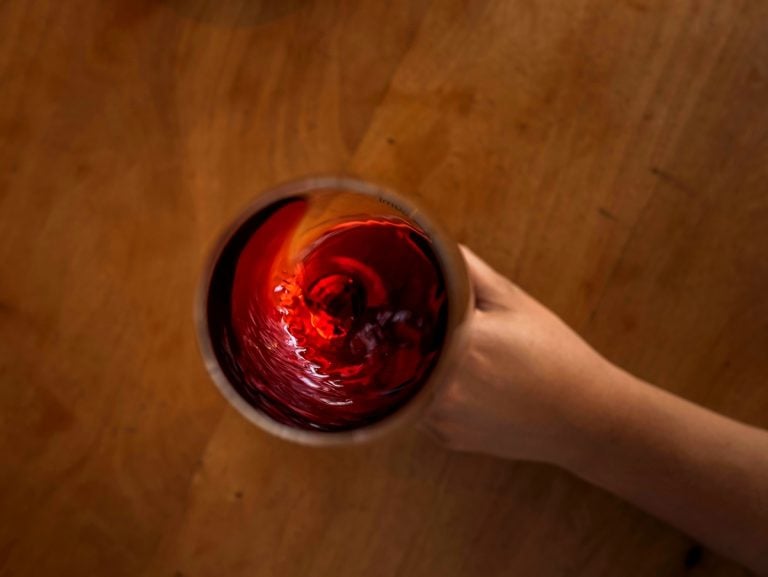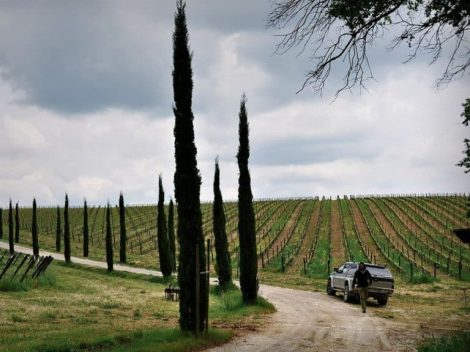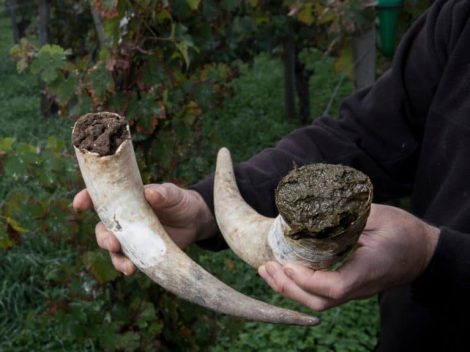The alarm has been sounded by a group of researchers from the National Scientific Research Council in a study published in the latest issue of the journal on the fate of the Penicillium camemberti fungus, responsible for the characteristic "bloom" on these cheeses: there is a serious risk of extinction.
The sterile fungus
The Penicillium camemberti fungus, responsible for the distinctive bloomy rinds, naturally and organically grows when the cheese forms are stored in damp cellars permeated by its spores. First identified in 1906, the fungus initially gave rise to molds on the cheese surface in shades of gray, green, and sometimes orange. However, this lengthy process has slowly been abandoned due to industrial production. It became more efficient to use spores cultivated in laboratories. From the 1950s onwards, fungi were cloned to grow quickly and in accordance with the taste, color, and food safety requirements of the market, complying with French and European laws. Consequently, the researchers from CNRS explain, the fungi have accumulated negative mutations in their genome during vegetative multiplication and have become "almost sterile."

The albino strain didn't make it
In Normandy, cheese producers started using an albino strain of the fungus, Penicillium camemberti albinos, to produce a white-colored crust. According to the researchers, this is where the problem began. The albino strain lost the ability to produce asexual spores, and it became increasingly challenging for producers to obtain sufficient spores for inoculation in cheese production. "What happened, as is the case whenever a large or small organism is subjected to overly drastic selection, is that its genetic diversity has been significantly reduced," explained Jeanne Ropars, a researcher at the Genetics and Evolutionary Ecology Laboratory at the University of Paris-Saclay. It is becoming increasingly rare to find enough spores to multiply the fungi, effectively crippling the entire production sector.

Roquefort is also at risk
"The threat is not immediate, but we want to warn against the dangers of excessive standardization in general," Giraud emphasized. The problem of non-fertile fungi also affects the famous Roquefort and other so-called blue cheeses. Due to the standards imposed by the agri-food sector, the selection of fungi used to produce blues has been so massive that the diversity of their microorganisms has become extremely poor today. Fortunately, CNRS has found a strain very close to Penicillium roqueforti in another blue cheese, Termignon. Thanks to its green and blue molds from a previously unknown population of Penicillium roqueforti, there may be hope to recreate the ancient fermentation process.
The only way to address the situation and put a stop to what researchers see as a – albeit slow – extinction is to allow organic and less targeted multiplication of various fungi. To compensate for the lack of Penicillium camemberti, many producers have already started using other fungi, educating consumers to accept variations in taste, color, and structure resulting from the new crosses.


 God Bless those who don’t forego Stracciatella on the evening of December 25th. Here’s the recipe from a renowned Roman trattoria
God Bless those who don’t forego Stracciatella on the evening of December 25th. Here’s the recipe from a renowned Roman trattoria Hidden in an old district of Perugia lies one of Italy's cosiest wine bars
Hidden in an old district of Perugia lies one of Italy's cosiest wine bars Christmas Eve dinner and Christmas Day lunch: festive traditions rooted in Solstice feasts
Christmas Eve dinner and Christmas Day lunch: festive traditions rooted in Solstice feasts George Washington had his secret recipe: here’s how Eggnog made a comeback in Europe
George Washington had his secret recipe: here’s how Eggnog made a comeback in Europe Historical breakthrough: Italy will also produce dealcoholised wines. Lollobrigida signs the decree
Historical breakthrough: Italy will also produce dealcoholised wines. Lollobrigida signs the decree






